Palo Alto parking debate polarizes businesses and residents
Public officials in Palo Alto, CA, continue to debate the parking problems that plague the city’s downtown, where tensions between merchants and residents remain high over increasingly scarce parking spaces. Last week each side publicly presented its views on the matter, ensuring that the issue remains at the top of policymakers’ agenda.
Residents made their case by taking a grassroots approach. Eric Filseth and Neilson Buchanan of Downtown North, a neighborhood especially affected by the parking shortage, conducted an informal study of the issue and shared their findings with Palo Alto Weekly, the local community paper. Their aim was to better understand the Palo Alto parking problem, not to offer solutions, said the duo.
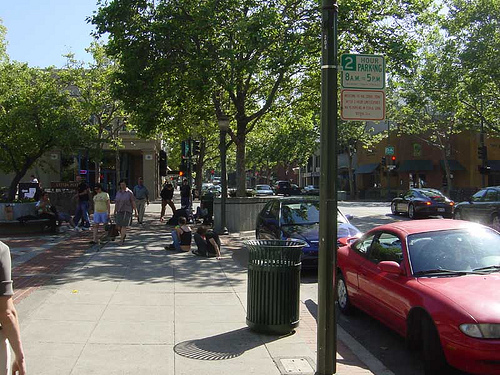
Palo Alto’s knotty parking issues pit residents against commuters. From IK.
To that end, Filseth and Buchanan conducted numerous surveys over many months and crunched various numbers, such as the city’s recent estimate that Palo Alto runs a parking deficit of approximately 900 spaces. They also factored employee growth in existing office spaces and how many workers might take public transit, as well as the distances those workers would be willing to walk between a parking spot and their office.
Filseth and Buchanan’s calculations point to a parking shortage that gets worse over time: in 2014, a deficit of 1,366 spaces; in 2015, a deficit of 1,858 spaces; in 2016, a deficit of 2,500 spaces and above. Those who disagree with their figures are invited to use the interactive, extensible model that Filseth and Buchanan have made available online. The parking model allows others to plug in different assumptions such as the impact of new developments—the Epiphany Hotel slated to open at the Casa Olga building on Palo Alto’s Hamilton Avenue, for example—or ongoing city initiatives, such as a valet-parking program in the High Street garage.
By urging the public to interact with their analysis, Filseth and Buchanan hope to underscore the point that officials have “no accurate view as to what are dealing with here,” Filseth told the Palo Alto Weekly.
“The city needs to step in and contain the parking deficit before it gets worse,” he continued.
Business owners took a different tack from the residents. A group of business leaders and property owners (Whole Foods, Peninsula Creamery, and Ko Architects among them) submitted a petition to the city against a specific solution popular among residents: a permit program that limits the time nonresidents can park in residential areas.
Currently, Palo Alto’s downtown commercial streets feature two-hour parking. The limitation causes many employees to seek parking in nearby residential neighborhoods, such as Professorville and Downtown North, where no such restrictions exist. The situation has caused increasing ire among residents who find themselves with fewer and fewer spaces to park in their own neighborhoods.
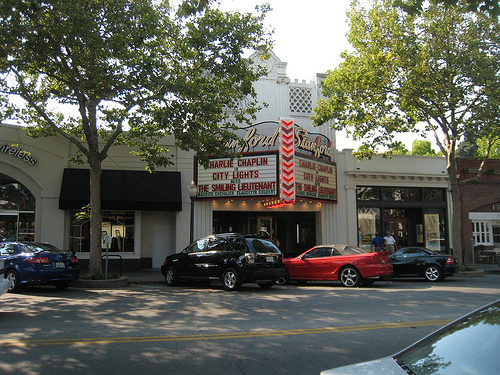
By 2016, Palo Alto is looking at a 2,500-spot parking deficit. From Brian.
The petition, however, claims that the residents are as much to blame for the problem. It notes how many of them are choosing to use their garages for storage, not for car parking. In addition, many now have more than one car. The additional vehicles are taking up more Palo Alto parking space, the business group said.
Imposing limits in the residential neighborhoods will exacerbate the parking shortage and drive many businesses out of the area, argued the group. “By the time the economic effects of the exodus are noticed,” wrote business leaders, “it will be too late to reverse.”
Related Posts
Category: Municipal

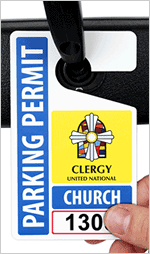


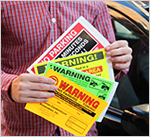


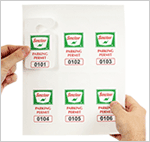
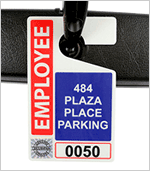
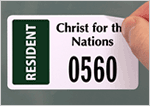
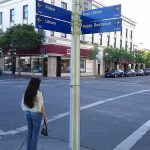
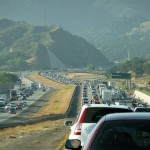

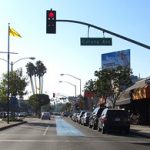
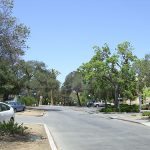
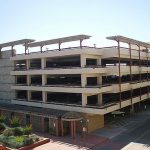





Comments (1)
Comments RSS Feed
Sites That Link to this Post